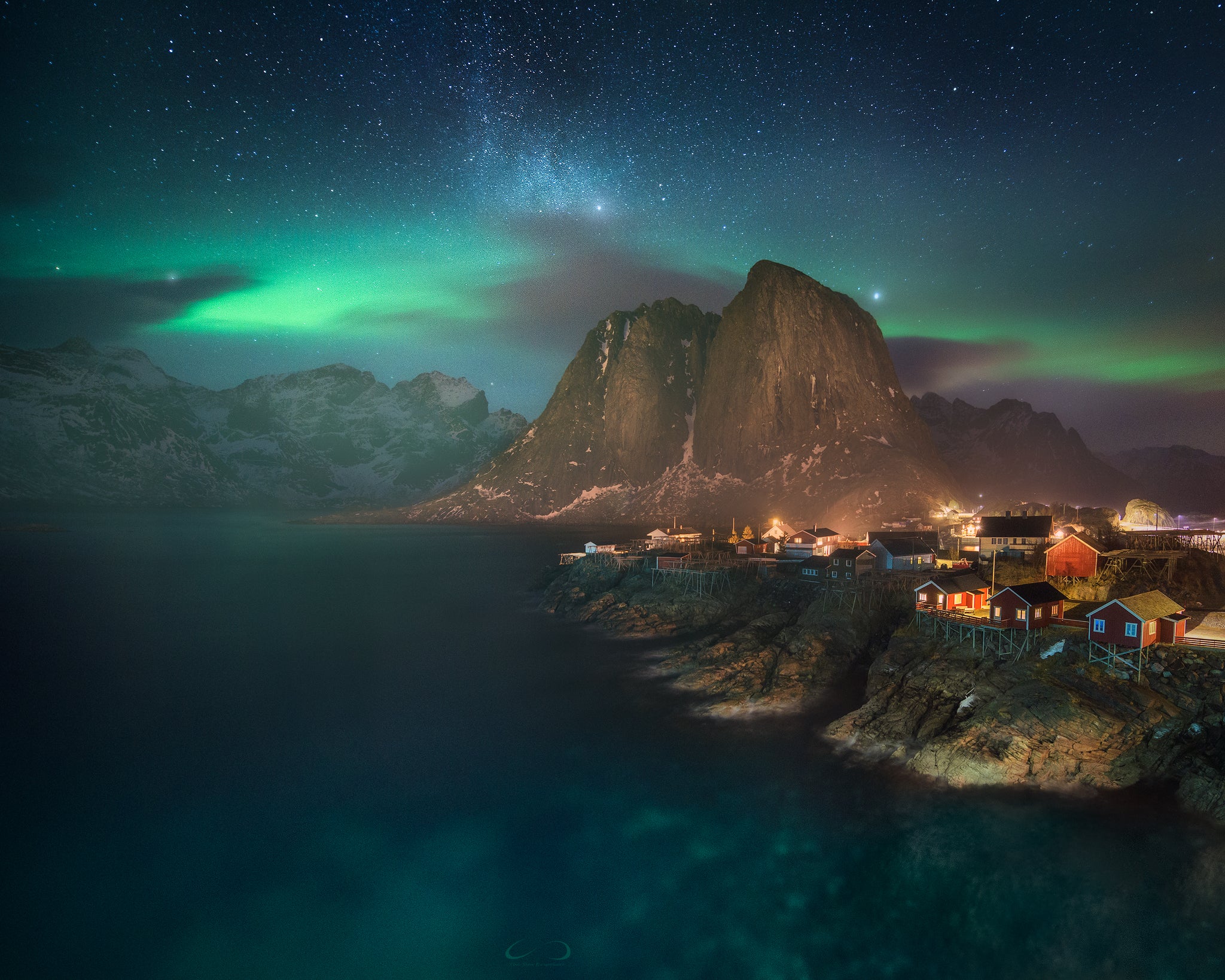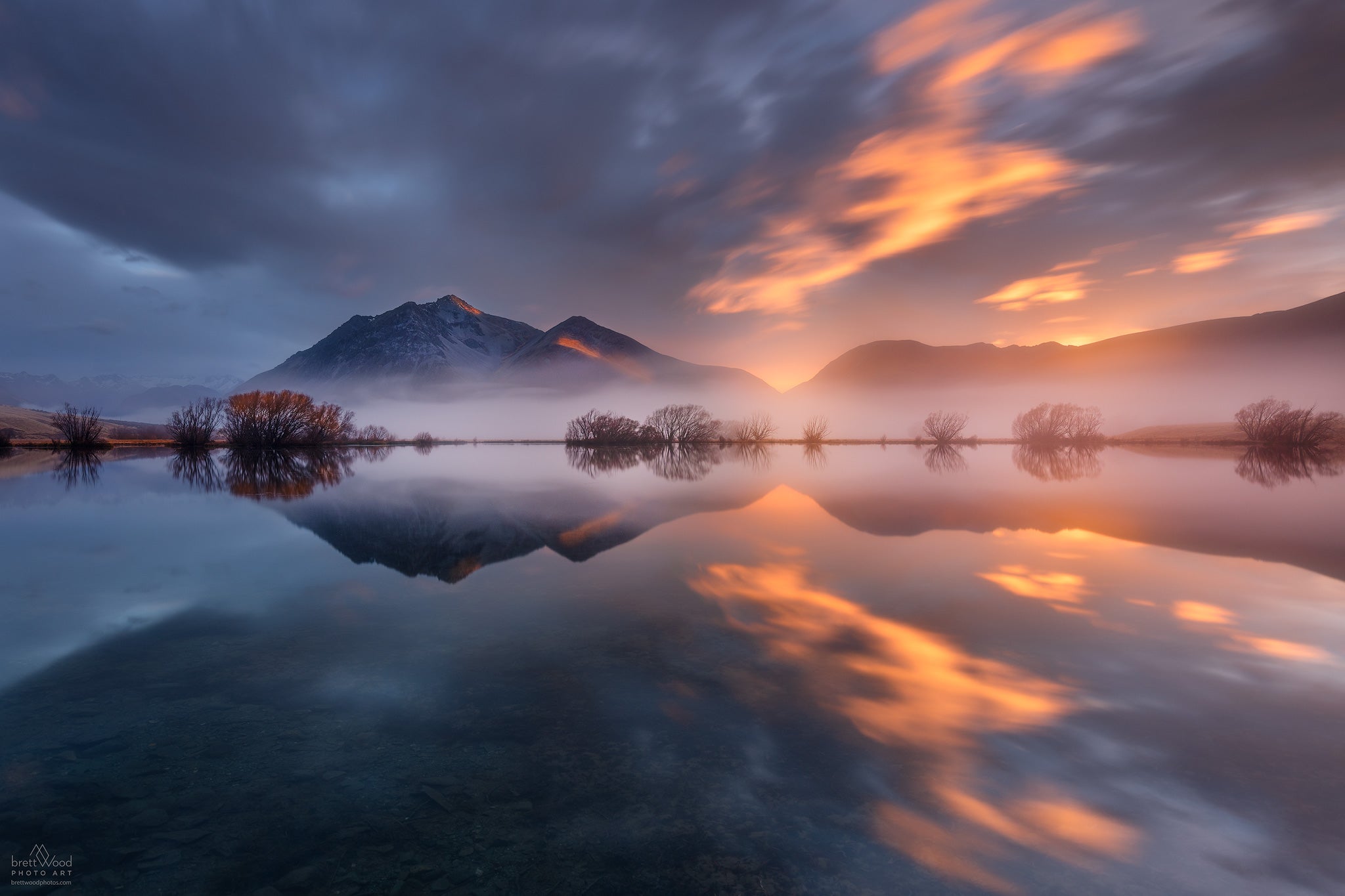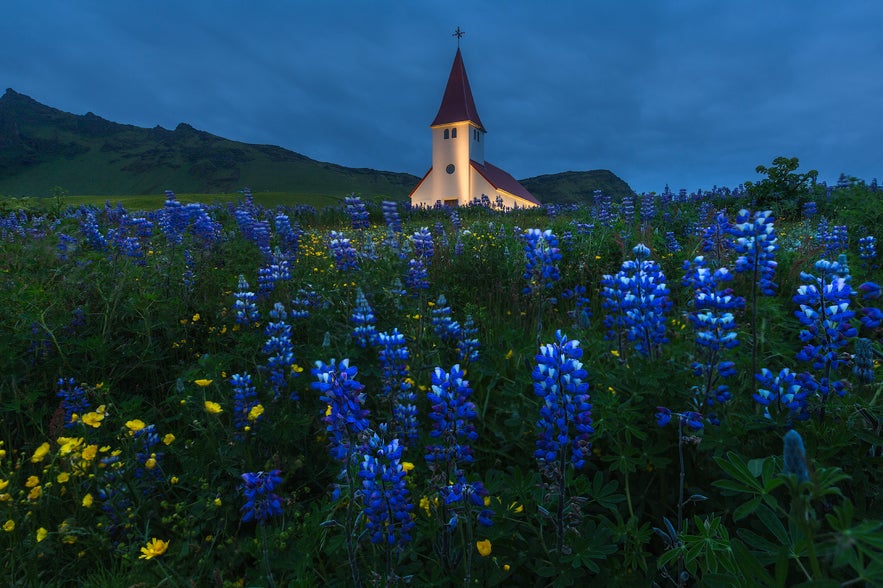
Photography in Iceland is no easy feat. It requires a lot of planning and local knowledge to ensure that you return with successful images.
This month, Iceland Photo Tours founder, Iurie Belegurschi, discusses what inspired him to organise group photography workshops in the Land of Fire and Ice. He also gives us an insight into his creative process, the ins and outs of shooting in a place with such unpredictable weather conditions, as well as what it's like to work with his current photographic set-up.
- Check out these Summer Workshops in Iceland
- Explore these articles on Landscape and Nature Photography
- Discover this 11 Day Iceland in Autumn Photography Workshop
Hello Iurie, thanks for chatting with us today. How lucky do you feel living in such an amazing environment?
Iceland is such an incredible place. There is so much to photograph, from waterfalls to mountains and ageing glaciers. It’s exciting to live in a place that offers so much for landscape photography. No matter how much I’ve explored, there is still so much more to be found and captured in photographs.
Iceland is a land of extremes - weather, light, cold, heat - what influence has that made to your Photography?
The elements always have a large effect on landscape photography, as they can directly impact upon the atmosphere and mood of your shots. As the weather in Iceland can be so unpredictable, you really have to keep track of what’s going on so that you can be in the right place at the right time for any pre-visualised compositions.
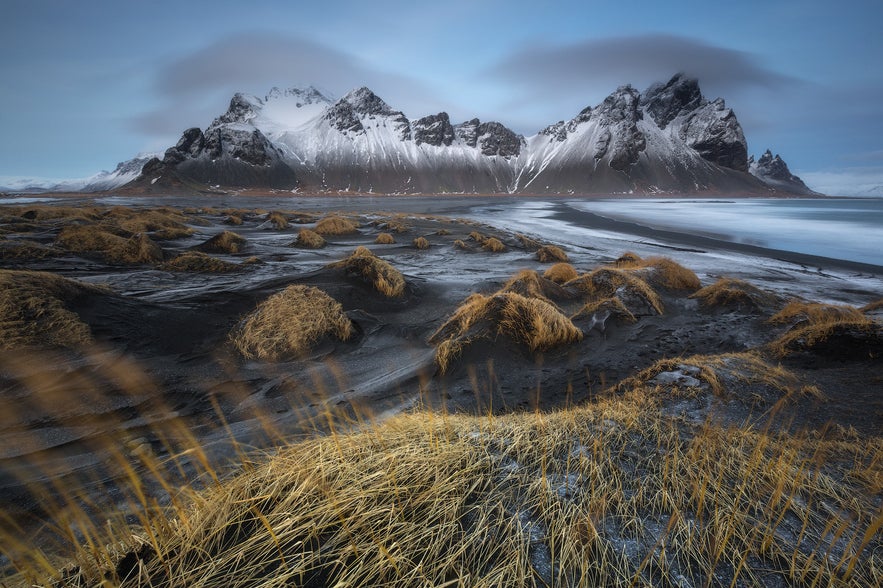 Vestrahorn in Iceland. Photo by: 'Iurie Belegurschi'.
Vestrahorn in Iceland. Photo by: 'Iurie Belegurschi'.
What do you look for in your landscape images? How do you know when you have a great image?
When I am out and about shooting, I look for interesting subjects that will make for a compelling composition. When I am able to combine something that draws in the viewer’s eye with good lighting, then I’ll know that I have a great image.
What is the favourite image that you have ever taken in Iceland?
My favourite image that I’ve ever taken in Iceland was during a volcanic eruption in the lava field of Holuhraun, northeast of the Bárðarbunga caldera. This occurred in 2014 and as soon as I heard it was going to happen, I went up immediately in a helicopter to photograph it from the sky. The feeling of flying over the Earth as it erupts below you is absolutely exhilarating. It’s tough to focus and get the shot.

What is the hardest image that you have taken? Why was it so difficult to capture?
The image that I just mentioned also happens to have been the hardest photo that I’ve taken, as it involved flying over an erupting volcano. There was so much to concentrate on, from keeping my camera steady to making sure everything was sharp and in focus… all while in constant motion and with the Earth opening up beneath me!
What is your favourite location in Iceland?
My favourite location in Iceland is the Highlands, as they are off the beaten track and much less explored. Every time I go to the Highlands, I find something new. It looks like another world. There is so much to photograph, from vast volcanic sandy plains to waterfalls, mountains and geothermal activity. I could spend days out there and still not exhaust my compositions.
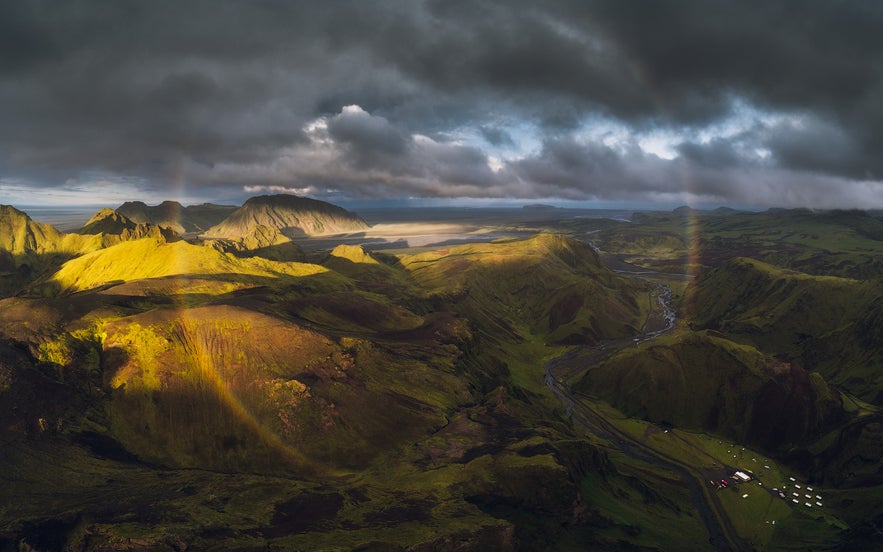 Highland Rainbow in Iceland. Photo by: 'Iurie Belegurschi'.
Highland Rainbow in Iceland. Photo by: 'Iurie Belegurschi'.
How much does time affect the way you work - the short winter days and the endless daylight in the Summer?
When the days are short, you need to plan very well in advance to make sure that you are making the most of the daylight. However, you can spend all night out shooting in winter if the conditions are favourable and the Northern Lights are making a display! In summer, Iceland experiences near 24-hours of daylight, so there is a lot of time to work with. However, the golden light can last for hours around midnight, so you may have to rest during the day and shoot all night instead.
Do you notice small changes in the landscape over time - melting of glaciers, changes in rivers, new lava flows and ice caves? How does this ever changing landscape change your photography?
The landscape is always changing in Iceland. New ice caves are found every year and glacial rivers are continually changing their direction of flow. This just means that no matter how often you’ve photographed a certain location, there is always a new composition to be found the next year. It’s always worthwhile revisiting places to photograph them again as they might look completely different.
 Diamond Ice Beach. Photo by: 'Iurie Belegurschi'.
Diamond Ice Beach. Photo by: 'Iurie Belegurschi'.
How does the cold environment affect your images?
The cold environment doesn’t really affect my images, though it can affect the way that I prepare for going out to take them! I’ll often wear more layers and look at extra ways to keep warm while I am out, so that I can stay out longer for photography.
Does the cold ever affect your equipment?
Yes, sometimes cold weather impacts upon my camera equipment. One of the major problems with cold weather is that batteries drain faster and you can run into problems with LCD displays, which can lead to a shorter shoot time if you’re not prepared. You can also experience condensation in your lenses if you happen to go from a humid environment back into the cold.
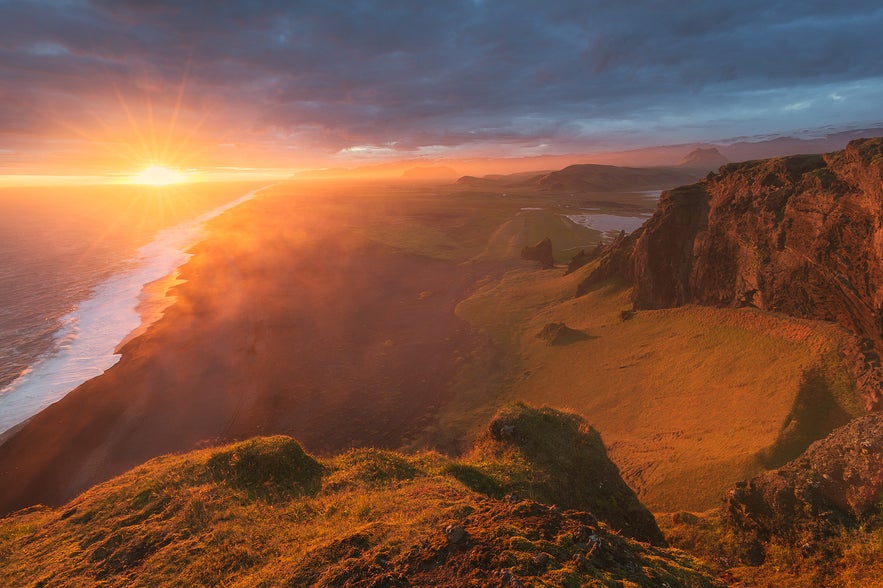 Sunset at Dyrholaey. Photo by: 'Iurie Belegurschi'.
Sunset at Dyrholaey. Photo by: 'Iurie Belegurschi'.
Is there anything you do to protect your cameras and lenses?
When my batteries are not in use, I keep them within an inner pocket of my clothing to help keep them warm. Another way to keep them warm is by wrapping them up in hand warmers. To protect my cameras and lenses from condensation, I make sure that any temperature changes occur as gradually as possible. Keeping a silica gel packet in with my gear can also help to keep it safe and dry.
How does the battery life of your Sony cameras cope with the extreme cold?
With older Sony cameras, they used to drain quickly. However, with the newer cameras, the battery life has improved a lot and I can spend longer outside shooting in the cold.
 Reflection of Kirkjufell. Photo by: 'Iurie Belegurschi'.
Reflection of Kirkjufell. Photo by: 'Iurie Belegurschi'.
Have you ever had a problem with a Sony camera or lens from the cold or wet conditions?
With my older Sony cameras, it would sometimes stop working in cold or wet conditions. However, the improvements made in the newer models have meant that the cameras are better weather-sealed and more able to withstand the harsh conditions of Iceland.
Do you not get bored of photographing the same places over and over again?
I never get bored of shooting in Iceland. There are so many places yet to be explored and the conditions are always changing. I can go back to the same places many times and find that the light and weather is completely different, which means that it’s always exciting! I can’t even begin to count how many times I’ve returned to the ice beach or the Jökulsárlón glacier lagoon, just to catch them in a different light. Plus, as technology is continually advancing, I like to return to many of the places that I’ve shot before so that I can try out new equipment and constantly revise my portfolio with interesting images.
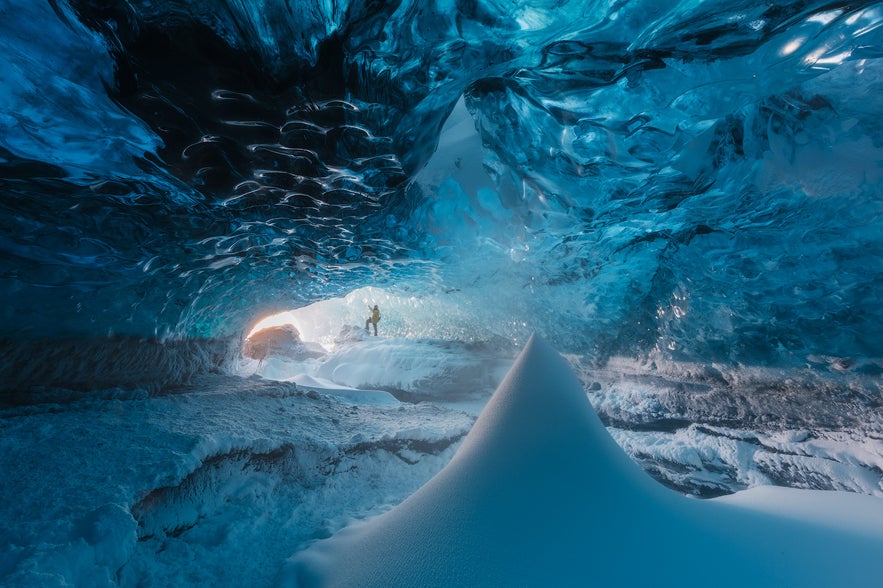 Ice cave in Iceland. Photo by: 'Iurie Belegurschi'.
Ice cave in Iceland. Photo by: 'Iurie Belegurschi'.
Are there still parts of the island that you wish to explore and discover?
Yes, I have not spent as much time in the Highlands and the Westfjords as I’d like, so at some point I’d like to concentrate a bit more on these areas to see what they have to offer. The Westfjords are a wonderful part of Iceland, where every turn you take can reveal something new. The same goes for the Highlands. These parts of Iceland are like their own little worlds.
What advice would you offer someone visiting Iceland for the first time?
When you’re coming to Iceland for the first time, make sure that you are well-prepared and that you’ve done your research. This includes not just knowing where you want to go to shoot, but also planning ahead to make sure that you’ll capture them in the best light. It’s a lot of work but it will guarantee that you’ll return home with stunning photos.
When I first began shooting, the planning part was always the most difficult. I think a lot of other people feel this way also, particularly when you just want to concentrate on actually putting your skills to practice and taking the photo. That’s one of the reasons why I set up Iceland Photo Tours, where photographers who are experts in the field can get you to the most beautiful locations in Iceland at all the right times to make the most of the light. It really takes the hassle out of having to organise everything yourself.
 Seljalandsfoss. Photo by: 'Iurie Belegurschi'.
Seljalandsfoss. Photo by: 'Iurie Belegurschi'.
What Sony cameras and lenses do you currently use?
My current set-up consists of the Sony A7R III as my main camera, the Sony A7S II as my second body, and the 16-35mm f/2.8 lens. This is my “go-to” set-up for landscape photography in Iceland.
What are your favourite lenses for landscape photography and why?
Wide angle lenses are my favourite for landscape photography, as they allow me to harness my creativity. They really help to draw the eye into an image by adding a sense of depth. You can use a wide angle lens to get up close to your subject, really exaggerating it to make something otherwise mundane into something really interesting.
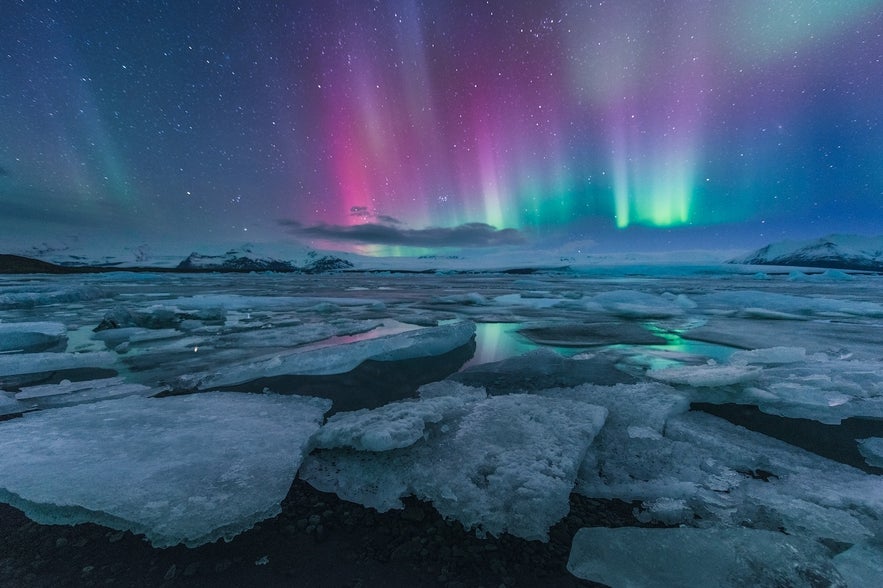 Northern Lights at Jokulsarlon. Photo by: 'Iurie Belegurschi'.
Northern Lights at Jokulsarlon. Photo by: 'Iurie Belegurschi'.
How do you expose and focus your images?
I do all of it manually. With exposure, I refer a lot to the histogram, to make sure that there is no clipping in the highlights or the darks and to ensure a clean image that I can work with in post processing. However, the great dynamic range offered by my Sony cameras has meant that this has become less of an issue for me when taking a photograph. To make sure that all of my images are sharp, I’ll often use focus-stacking, a photography technique which has also been made a lot easier with the technology offered by Sony.
Are there any essential accessories that you use?
Tripods and filters are absolutely essential to my gear in landscape photography. I use a Gitzo carbon fibre tripod that is easy to travel with, as well as a range of NiSi filters to help me obtain the perfect exposure and creative effects.
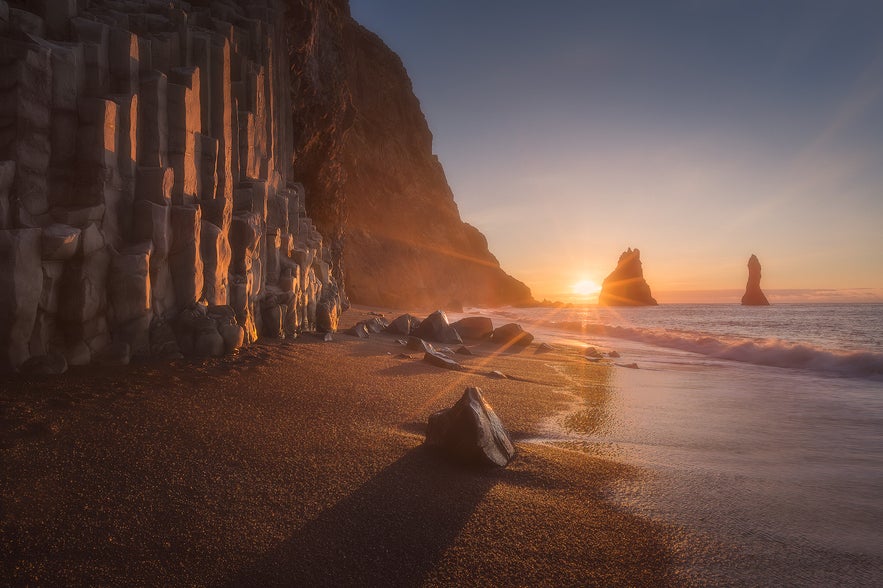 Reynisfjara Black Sand Beach. Photo by: 'Iurie Belegurschi'.
Reynisfjara Black Sand Beach. Photo by: 'Iurie Belegurschi'.
Do you have any advice for editing the images once you have shot them?
Editing is an opportunity for you to really achieve your own style. Once you’ve edited an image, try leaving it for a few days and then looking over it again with new eyes. You’ll be amazed at what kinds of changes you might want to make after resting and taking a break away from something that you’ve been staring at for hours on end.
For more information on Iurie's work, visit his website or follow him on Instagram.
Check out one of our winter photography tours in Iceland!


